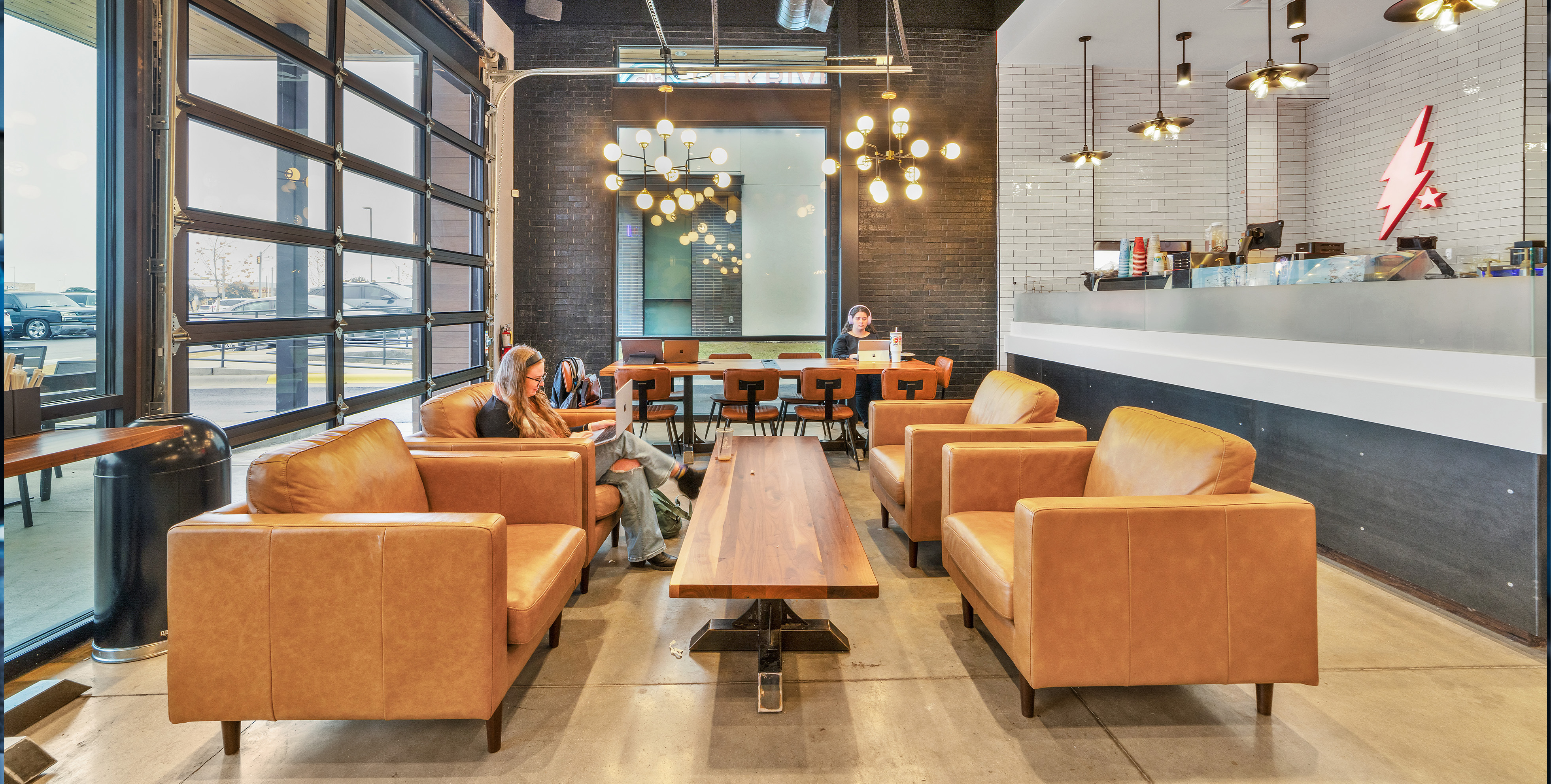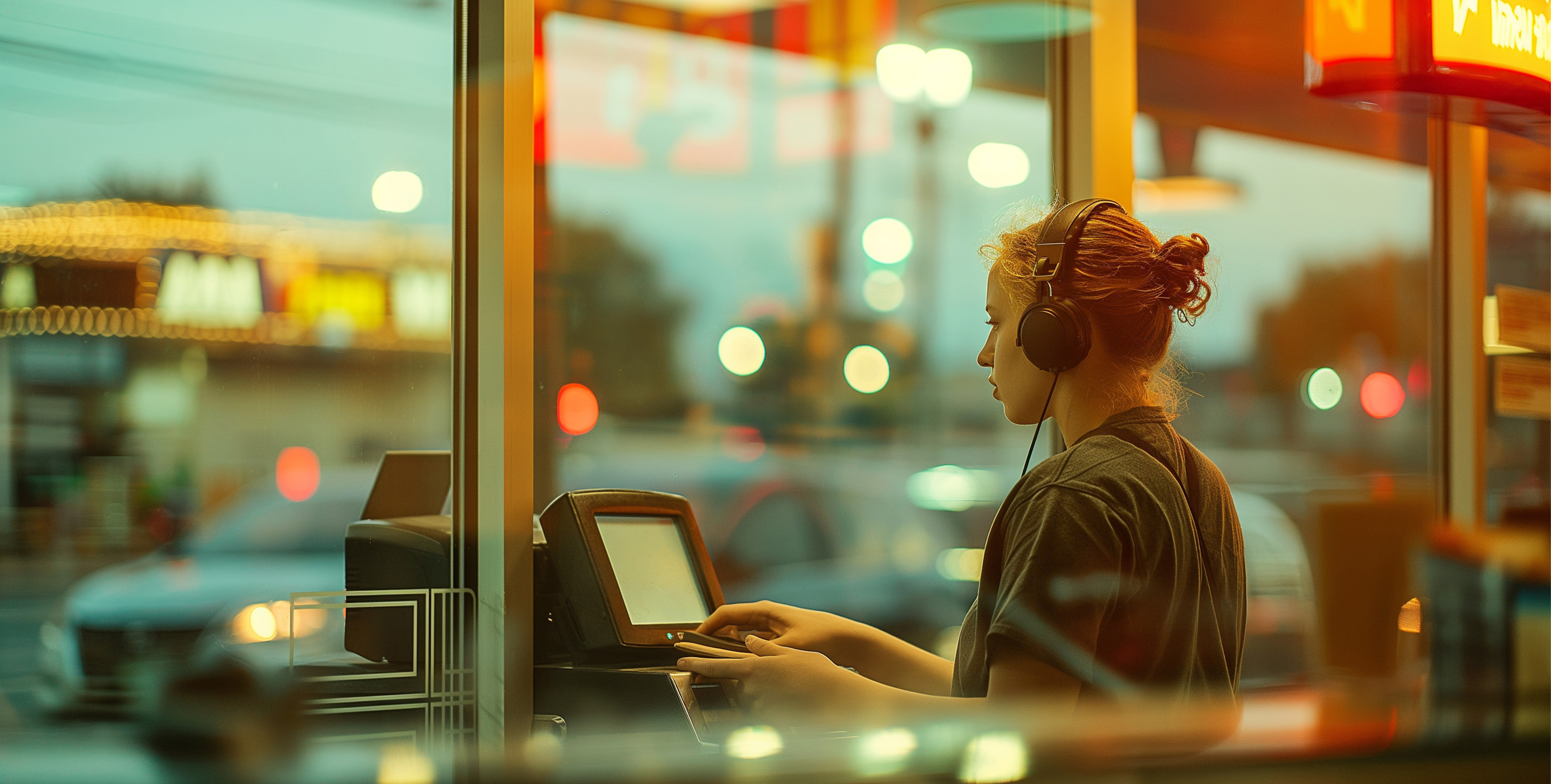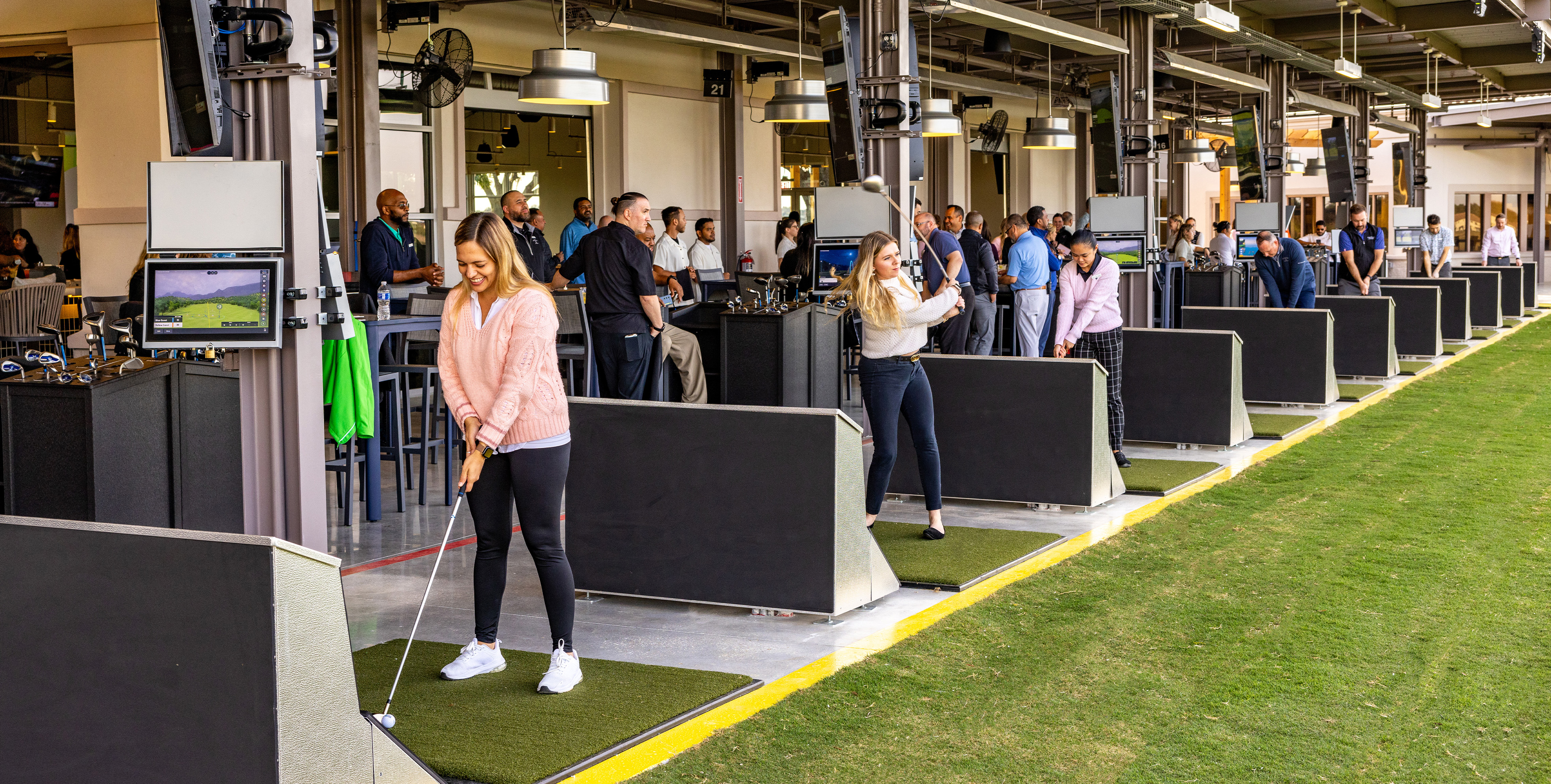A version of this article was first published on Nation's Restaurant News.
Chains like Chipotle Mexican Grill, Shake Shack and Panera Bread continue to experiment with efficient ways to support digital sales channels. The list includes digital makelines, rationalized menus, ramped-up drive-thrus and geofence-enabled curbside service, to name a few.
But as companies turn their attention to the “fast” side of the equation, they need to stay “casual,” too. That means continuing to offer a better ambiance, more made-to-order options, superior food quality and a pleasing and comfortable dine-in experience.
Push efficiency too hard and you risk becoming indistinguishable from value-based QSRs, thereby losing your ability to command higher price points.
Plan poorly and your attempts to better serve multiple channels can backfire, frustrating customers and crew members alike.
Architects and engineers with experience in QSR innovation can help fast-casual restaurants maintain their identity and take a patron-centric approach. Here are four potential areas of focus:

Understand the tradeoffs
In a perfect world, fast-casual restaurants could grow profits simply by adding multichannel capabilities—no tradeoffs required. In reality, additions such as new drive-thru lanes or pickup areas demand some corresponding subtractions to avoid the mushrooming costs associated with oversized sites and stores.
Imagine a fast-casual chain that has seen a huge uptick in app-driven pickup orders. The central queue is no longer adequate, because too many dine-in customers are feeling frustrated as they stand in line and watch crew members make orders for third-party delivery drivers or customers planning to pop in, grab their food and eat offsite.
To improve the experience of both dine-in and on-the-go customers, the company ponders a separate queue, assembly line and pickup station dedicated just for the latter.
Answering some key questions should be the first step.
- Where would the new components go, either in prototypes or existing locations?
- Would the building need to be expanded, or could it just be reconfigured?
- What equipment would be best, how much would it cost, and could it be sized to work optimally in the square footage available?
- Would new utility connections be part of the mix?
- How much labor would be required to keep the new lines humming?
- How would the changes affect the journeys of all guests and crew?

Start small
Hospitality architects often encourage QSR and fast-casual chains to run smaller tests rather than rolling out multiple new components in one fell swoop. At one high-volume QSR location in Maryland, moveable stanchions allowed the restaurant to roll out temporary queues and test multiple layouts for them. One of these yielded valuable feedback in the form of grousing from guests: “The line is too close to my table. I don’t like having people stand next to me when I’m trying to eat.”
The operator soon found an approach that would optimize both the dine-in and to-go experience, only then investing permanently in the changes.
Along the same lines, instead of immediately adding a double drive-thru, a fast-casual restaurant might start with more modest building and site-layout changes—for example, a pickup window with a small queue lane—that improve efficiency at lower cost.

Walk in your patrons’ shoes
As you seek to optimize site and store layout, there is no substitute for imagining in great detail where various patrons and team members would go and what they would do. Our team will literally draw lines showing things such as:
- The likeliest pathway for a team member to deliver a pickup order to a guest or delivery driver
- Where dine-in and pickup customers are likeliest to park and how the locations of doors, drive-thru lanes and pickup windows might affect these pathways
- How different patrons will queue and where they will go after they get their orders
The goal is to reduce or eliminate dead ends, overlapping lines, redundant steps, and illogically spaced work stations.
The experiential dimension is critical: Will guests need to cut in line to get to the restrooms? What will they see and hear in the dining room? Will the crew feel safe from vehicular traffic when running orders out to the parking lot?
Protect what makes you unique
Early in the planning process for new or renovated stores, fast-casual operators should consider having their real estate teams huddle with their architects and engineers to discuss how costs-per-square-foot, surrounding demographics, lease clauses, competitors and other factors should shape that individual location. Heavily weighting drive-thru could make perfect sense for one location, while preserving the dine-in experience could be the top priority for another.
Efficiency-oriented imperatives will differ from chain to chain. But no matter where the needle falls between “fast” and “casual,” your goal should be to preserve and enhance what sets you apart from value-based QSRs. Good fast-casual restaurants are lifestyle-oriented destinations where people are happy to pay a bit more for the experience. Make sure your customers continue to see it that way.
####
HFA hospitality lead Steven Baker (AIA, NCARB) has spearheaded hundreds of remodel and prototype-development projects geared toward redefining restaurant-industry sales channels. His clients have included some of the nation’s largest and highest-volume operators; steven.baker@hfa-ae.com.


.jpg)




.jpg)



